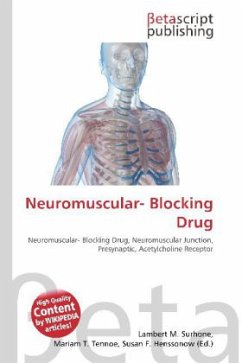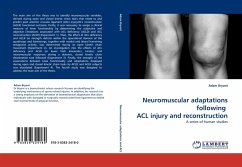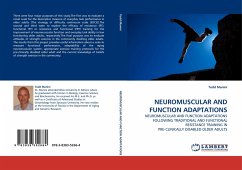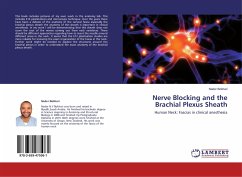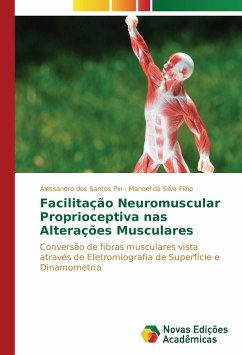Please note that the content of this book primarily consists of articles available from Wikipedia or other free sources online.Neuromuscular-blocking drugs block neuromuscular transmission at the neuromuscular junction, causing paralysis of the affected skeletal muscles. This is accomplished either by acting presynaptically via the inhibition of acetylcholine (ACh) synthesis or release, or by acting postsynaptically at the acetylcholine receptor. While there are drugs that act presynaptically (such as botulin toxin and tetrodotoxin), the clinically-relevant drugs work postsynaptically.Clinically, neuromuscular block is used as an adjunct to anesthesia to induce paralysis, so that surgery, especially intra-abdominal and intra-thoracic surgeries, can be carried out with fewer complications. Because neuromuscular block may paralyze muscles required for breathing, mechanical ventilation should be available to maintain adequate respiration.
Bitte wählen Sie Ihr Anliegen aus.
Rechnungen
Retourenschein anfordern
Bestellstatus
Storno

